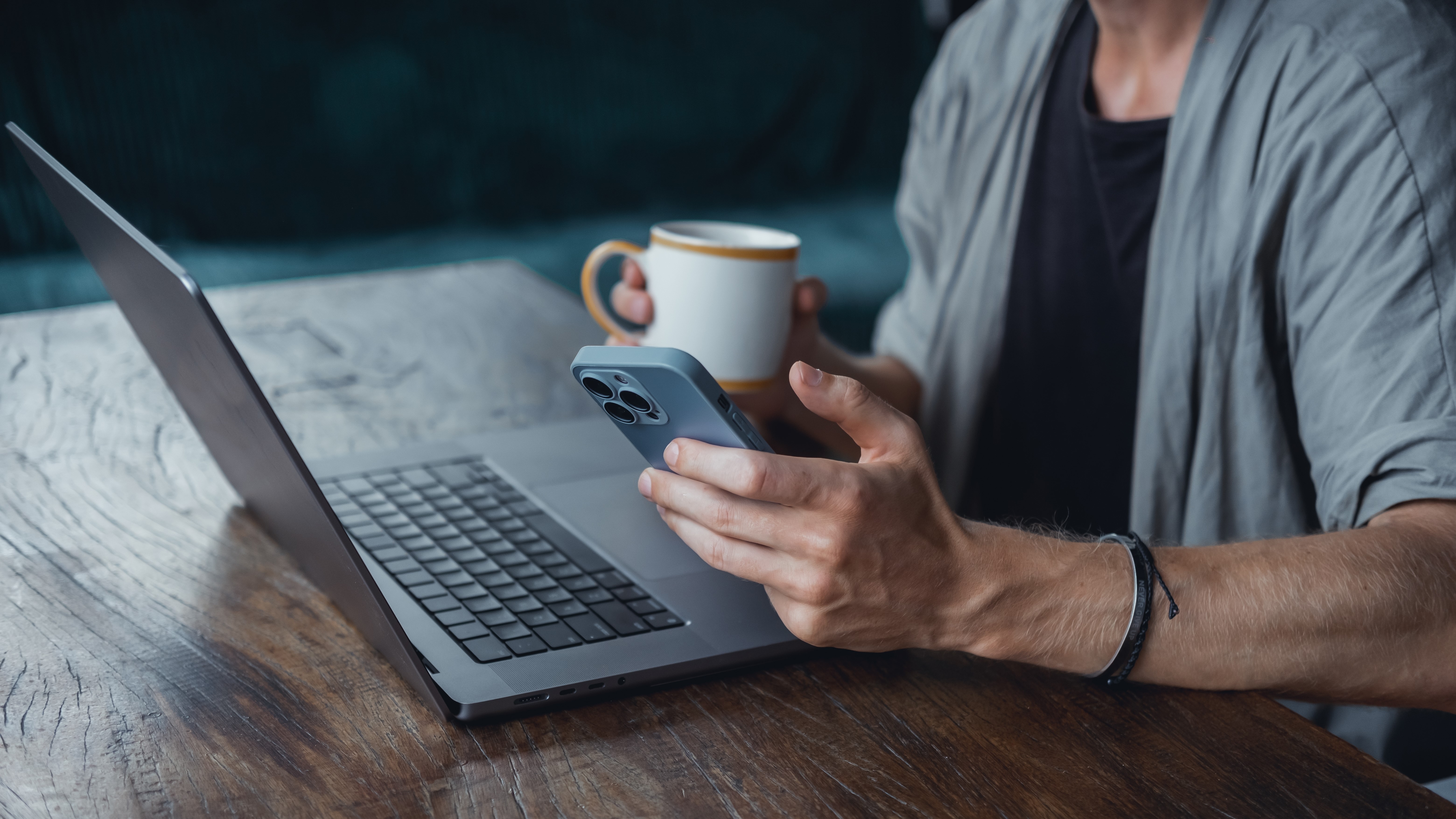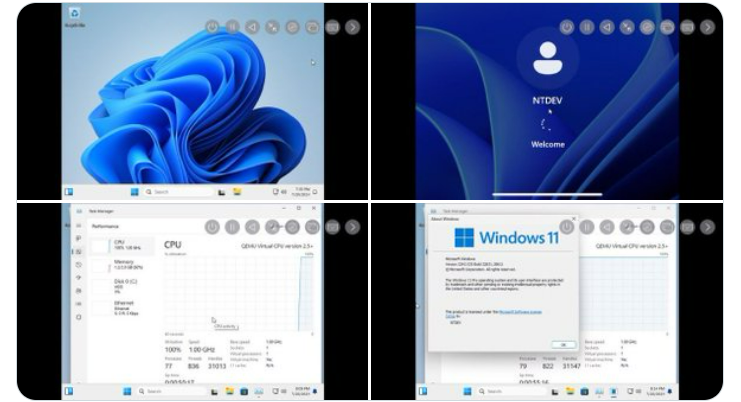
Ever thought you’d see Windows 11 on an Apple iPhone? Probably not, but some clever soul has managed to get Microsoft’s desktop operating system running on an iPhone 15 Pro.
This feat was achieved by NTDEV, the developer of Tiny11, which is a lightweight version of Windows 11 that you may be familiar with. Evidence is provided in a post on X showing screenshots of the OS in action on the iPhone (and a promise is made that a video might be uploaded soon).
Behold, probably the very first instance of Windows 11 (in form of tiny11 core) on UTM SE. It is TERRIBLY slow, booting in about 20 minutes, but nonetheless, it's still Windows 11 on an iPhone 15 Pro! pic.twitter.com/Iyr5Txy8uhJuly 20, 2024
How was this implemented exactly? NTDEV used Tiny11 Core (the most compact version - with the installation size shrunk down to 3GB) and ran it via emulation using UTM SE (Slow Edition). The latter is a PC emulator that only landed in Apple’s App Store last week.

How Windows 11 fares on an iPhone
If you look at NTDEV’s screenshots, you’ll notice that the resolution and aspect ratio are significantly scaled down, and the interface is cramped and doesn’t look quite right. That’s only to be expected running Windows 11 on a relatively tiny smartphone screen, when it’s designed to be viewed on large desktop monitors.
Given this, we can’t imagine that using the desktop OS on an iPhone 15 would be much fun, and doubtless there are performance issues - it seems like you’re limited to working with one window open at a time. That said, as Tom’s Hardware (which spotted this) points out, other aspects like text rendering appear to be well preserved.
Even the developer explains that Windows 11 in this form isn’t very ‘usable,’ admitting in the original post on X that the OS took around 20 minutes to boot up, which is clearly unacceptable. But really - what do you expect when trying to cram Windows 11 onto a smartphone?
So, all in all, this is a respectable achievement in itself, even if it doesn’t have any real practical use. It’s an intriguing exploration of what’s possible in the context of smartphones and operating systems, and a credit to the developers of both Tiny11 and UTM SE.







